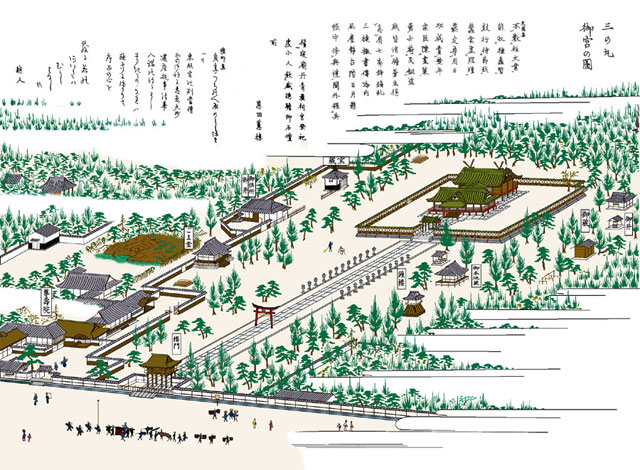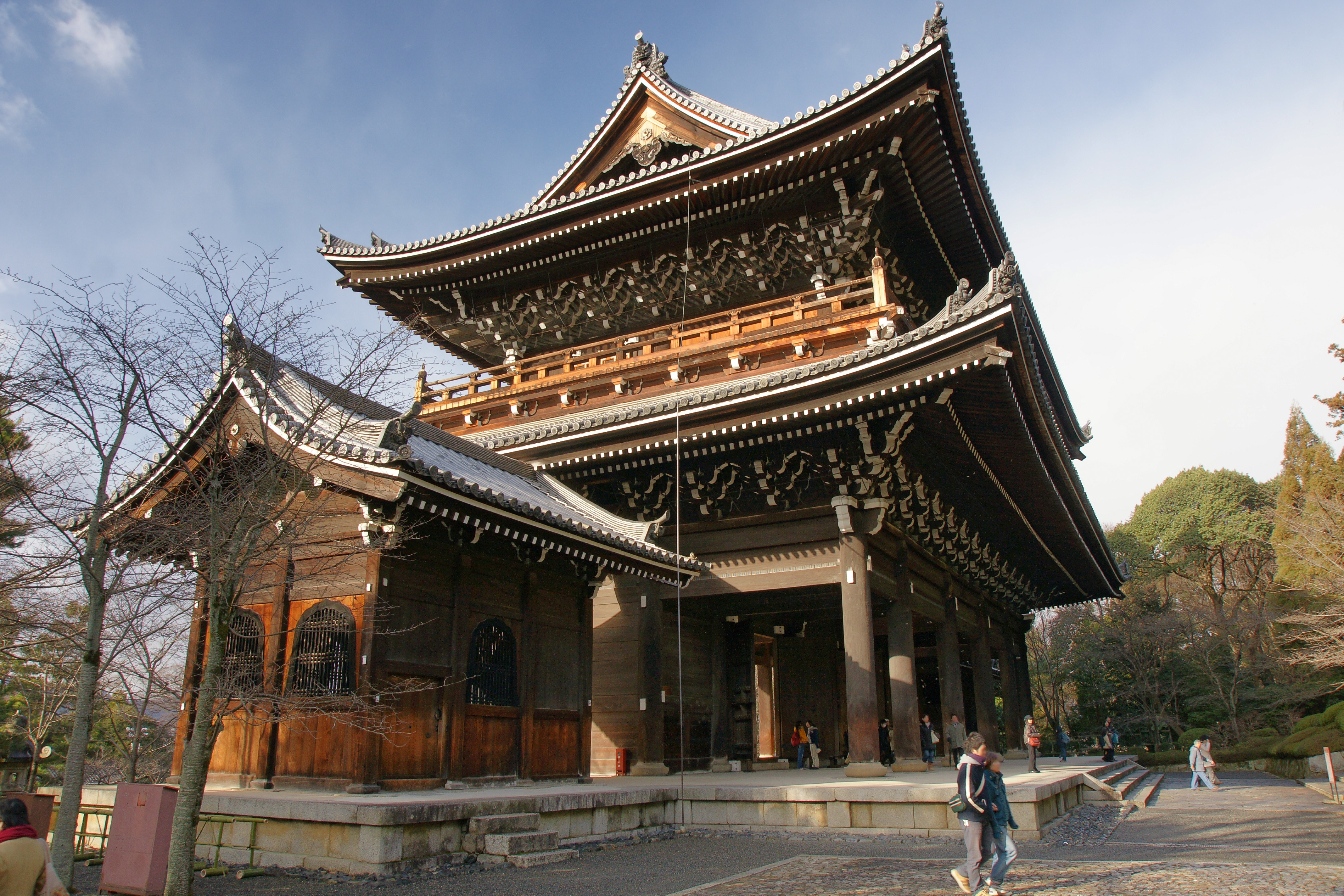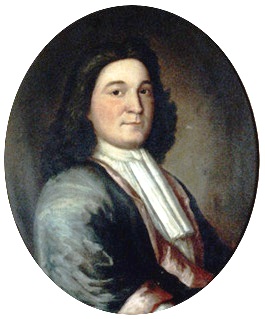|
Kenchū-ji
Kenchū-ji (建中寺) is a Jōdo-shū Buddhist temple in Tsutsui, Higashi-ku, Nagoya, central Japan. Starting in the Edo period, the mausoleums of the lords of the Owari Domain were located there, making it the ''Bodaiji'' of the Owari Tokugawa family. The present main hall of the Nagoya Tōshō-gū was a mausoleum for Lord Tokugawa Yoshinao was a Japanese ''daimyō'' of the early Edo period. Biography Born the ninth son of Tokugawa Ieyasu with his concubine, Okame no Kata. His childhood name was Gorōtamaru (五郎太丸). While still a young child, he was appointed leader of ...'s consort Haruhime (春姫), which used to be located at Kenchū-ji, and was moved to the site in 1953 as a replacement. It is a designated cultural property of Aichi prefecture. See also * Jōkō-ji (Seto) References External links * http://www.kenchuji.com/ 1651 establishments in Japan Buddhist temples in Nagoya Owari Tokugawa family Pure Land temples {{japan-stub ... [...More Info...] [...Related Items...] OR: [Wikipedia] [Google] [Baidu] |
Bodaiji
A in Japanese Buddhism is a temple which, generation after generation, takes care of a family's dead, giving them burial and performing ceremonies in their soul's favor.Iwanami kojien The name is derived from the term , which originally meant just Buddhist enlightenment (satori), but which in Japan has also come to mean either the care of one's dead to ensure their welfare after death or happiness in the beyond itself. Several samurai families including the Tokugawa had their ''bodaiji'' built to order, while others followed the example of commoners and simply adopted an existing temple as family temple. Families may have more than one ''bodaiji''. The Tokugawa clan, for example, had two, while the Ashikaga clan had several, both in the Kantō and the Kansai areas. Some famous ''bodaiji'' *The Hōjō clan's Tōshō-ji in Kamakura (Kamakura period) (destroyed in 1333) *The Hōjō clan's Hōkai-ji in Kamakura (Muromachi period) *The Ashikaga's Tōji-in in Kyoto (Muromachi perio ... [...More Info...] [...Related Items...] OR: [Wikipedia] [Google] [Baidu] |
Owari Tokugawa Family
The is a branch of the Tokugawa clan, and it is the seniormost house of the ''Gosanke'' ("three honourable houses of the Tokugawa").Hosa Library, City of Nagoya Hosa Library. Accessed July 4, 2007. History The family was originally founded by , the ninth son of . Yoshinao was originally named ''Matsudaira Yoshitoshi'' (松平義利); it was not until 1621 that he changed his name to Yoshinao, and later gained the surname Tokugawa in 1636; the family, along with Kishu-Tokugawa family (descendants of |
Nagoya Tōshō-gū
is a Shinto shrine located in central Nagoya, Aichi Prefecture, Japan. History Tōshō-gū is dedicated to Tokugawa Ieyasu, the founder of the Tokugawa shogunate. It was built in 1619 (Genna 5) on the orders of Lord Tokugawa Yoshinao of Owari, two years after the construction of Nikkō Tōshō-gū. It was located outside Nagoya Castle in the Sannomaru enceinte, next to the ''Tennosha'' (today's Nagoya Shrine). The Nagoya Tōshō-gū Festival was the biggest festival in Nagoya before the Second World War. The shrine was moved from the Sannomaru enceinte of Nagoya Castle to its present location in the late 19th century. The original main hall burned during the air raids of the Pacific War. The present main hall was a mausoleum for Lord Yoshinao's consort Haruhime (春姫), which used to be located at Kenchū-ji Kenchū-ji (建中寺) is a Jōdo-shū Buddhist temple in Tsutsui, Higashi-ku, Nagoya, central Japan. Starting in the Edo period, the mausoleums of the lords of ... [...More Info...] [...Related Items...] OR: [Wikipedia] [Google] [Baidu] |
Jōkō-ji (Seto)
, is a Buddhist temple belonging to the Myōshin-ji branch of the Rinzai school of Japanese Zen, Buddhism located in the city of Seto, Aichi Prefecture, Japan. Its main image is a statue of Jizō Bosatsu. The temple is noted for the mausoleum of Tokugawa Yoshinao, the son of Tokugawa Ieyasu and founding ''daimyō'' of Owari Domain; however it was not the ''bodaiji'' of the clan. History The temple was founded in 1336 under the sponsorship of Mizuno Munekuni, one of the ancestors of the Mizuno clan, and initially belonged to the Kencho-ji branch of the Rinzai school. It changed to Myōshin-ji branch in 1649. It was selected as the site for Tokugawa Yoshinao's tomb in 1650, and was supported by the Owari-Tokugawa family until the end of the Tokugawa shogunate and the Meiji restoration. In 1936, the 19th generation head of the clan, Tokugawa Yoshichika ordered that the 170 graves in the clan cemetery be abolished, and the remains stored in an underground ossuary. His remains were ... [...More Info...] [...Related Items...] OR: [Wikipedia] [Google] [Baidu] |
Jōdo-shū
, also known as Jōdo Buddhism, is a branch of Pure Land Buddhism derived from the teachings of the Japanese ex-Tendai monk Hōnen. It was established in 1175 and is the most widely practiced branch of Buddhism in Japan, along with Jōdo Shinshū. In the general classification of Buddhism in Japan, the Jōdo-shū, the Jōdo Shinshu, the Ji-shu and the Yuzu Nembutsu, Yuzu Nembutsu shu are collectively classified into the lineage of Jōdo Buddhism. (Jōdo kei, 浄土系) History The Founder: Hōnen Hōnen (法然) was born in 1133, the son of Uruma no Tokikuni of a local ruling family in Mimasaka Province. Hōnen was originally named Seishimaru after the mahāsattva Seishi (Sanskrit Mahasthamaprapta, Mahāsthāmaprāpta). After a rival official assassinated his father in 1141, Hōnen was initiated into his uncle's monastery at the age of 9. From then on, Hōnen lived his life as a monk and eventually studied at the famous monastery of Mount Hiei. Hōnen was well respect ... [...More Info...] [...Related Items...] OR: [Wikipedia] [Google] [Baidu] |
Higashi-ku, Nagoya
is one of the 16 wards of the city of Nagoya in Aichi Prefecture, Japan. , the ward had an estimated population of 82,939 and a population density of 10,757 persons per km². The total area was 7.71 km². Geography Higashi Ward is located in the center of Nagoya city. It is the smallest of the wards of Nagoya in terms of geographic area. Surrounding municipalities * Chikusa Ward * Kita Ward * Moriyama Ward * Naka Ward History Higashi Ward was one of the original four wards of the city of Nagoya, established on April 1, 1908. Most of the area was completely destroyed during the Bombing of Nagoya in World War II. After the war, the layout of the streets was changed to a grid pattern, with wide streets serving as firebreaks. Economy Higashi Ward has the headquarters of Tōkai Television Broadcasting as well as the NHK Nagoya Broadcasting Station. Education * Aichi University - Kurumamichi campus *Nagoya University – Medical School * Nagoya Future Culture College Transp ... [...More Info...] [...Related Items...] OR: [Wikipedia] [Google] [Baidu] |
Edo Period
The or is the period between 1603 and 1867 in the history of Japan, when Japan was under the rule of the Tokugawa shogunate and the country's 300 regional '' daimyo''. Emerging from the chaos of the Sengoku period, the Edo period was characterized by economic growth, strict social order, isolationist foreign policies, a stable population, perpetual peace, and popular enjoyment of arts and culture. The period derives its name from Edo (now Tokyo), where on March 24, 1603, the shogunate was officially established by Tokugawa Ieyasu. The period came to an end with the Meiji Restoration and the Boshin War, which restored imperial rule to Japan. Consolidation of the shogunate The Edo period or Tokugawa period is the period between 1603 and 1867 in the history of Japan, when Japan was under the rule of the Tokugawa shogunate and the country's regional '' daimyo''. A revolution took place from the time of the Kamakura shogunate, which existed with the Tennō's court, to the Tok ... [...More Info...] [...Related Items...] OR: [Wikipedia] [Google] [Baidu] |
Owari Domain
The was a feudal domain of Japan in the Edo period. Located in what is now the western part of Aichi Prefecture, it encompassed parts of Owari, Mino, and Shinano provinces. Its headquarters were at Nagoya Castle. At its peak, it was rated at 619,500 ''koku'', and was the largest holding of the Tokugawa clan apart from the shogunal lands. The Daimyō of Owari was the Owari Tokugawa family, the first in rank among the ''gosanke''. The domain was also known as History Until the end of the Battle of Sekigahara in September 1600, the area that makes up the Owari Domain was under the control of Fukushima Masanori, head of nearby Kiyosu Castle. After the battle, however, Masanori was transferred to the Hiroshima Domain in Aki Province. Leaders Sub-domains The Owari Domain was supported by the Yanagawa Domain in Mutsu Province and the Takasu Domain in Mino Province. Yanagawa Domain The Yanagawa Domain provided 30,000 ''koku'' to the Owari Domain annually from 1683 to 1730, ... [...More Info...] [...Related Items...] OR: [Wikipedia] [Google] [Baidu] |
Tokugawa Yoshinao
was a Japanese ''daimyō'' of the early Edo period. Biography Born the ninth son of Tokugawa Ieyasu with his concubine, Okame no Kata. His childhood name was Gorōtamaru (五郎太丸). While still a young child, he was appointed leader of first the fief of Kofu in Kai Province and later the fief of Kiyosu in Owari Province. In 1610, he was appointed leader of the Owari Domain (present-day Nagoya), one of the most important regions in the country, thus founding the Owari-Tokugawa house. A holder of the 2nd court rank, junior grade (''ju-ni-i''), he had the title of ''dainagon'' (major counselor). During the Kan'ei era (1624-44) he had a kiln constructed at the corner of the Ofuke enceinte (''Ofukemaru'') of Nagoya Castle and invited potters from Seto to make pottery there. This became known as Ofukei ware. Yoshinao began learning Shinkage-ryū from Yagyū Hyōgonosuke at age 16, and was named the 4th ''sōke'' at age 21. His remains were cremated and laid to rest at ... [...More Info...] [...Related Items...] OR: [Wikipedia] [Google] [Baidu] |
1651 Establishments In Japan
Events January–March * January 1 – Charles II is crowned King of Scots at Scone ( his first crowning). * January 24 – Parliament of Boroa in Chile: Spanish and Mapuche authorities meet at Boroa, renewing the fragile peace established at the parliaments of Quillín, in 1641 and 1647. * February 22 – St. Peter's Flood: A first storm tide in the North Sea strikes the coast of Germany, drowning thousands. The island of Juist is split in half, and the western half of Buise is probably washed away. * March 4 – St. Peter's Flood: Another storm tide in the North Sea strikes the Netherlands, flooding Amsterdam. * March 6 – The town of Kajaani was founded by Count Per Brahe the Younger. * March 15 – Prince Aisin Gioro Fulin attains the age of 13 and becomes the Shunzhi Emperor of China, which had been governed by a regency since the death of his father Hong Taiji in 1643. * March 26 – The Spanish ship ''San José'', loaded with ... [...More Info...] [...Related Items...] OR: [Wikipedia] [Google] [Baidu] |
Buddhist Temples In Nagoya
Buddhism ( , ), also known as Buddha Dharma and Dharmavinaya (), is an Indian religion or philosophical tradition based on teachings attributed to the Buddha. It originated in northern India as a -movement in the 5th century BCE, and gradually spread throughout much of Asia via the Silk Road. It is the world's fourth-largest religion, with over 520 million followers (Buddhists) who comprise seven percent of the global population. The Buddha taught the Middle Way, a path of spiritual development that avoids both extreme asceticism and hedonism. It aims at liberation from clinging and craving to things which are impermanent (), incapable of satisfying ('), and without a lasting essence (), ending the cycle of death and rebirth (). A summary of this path is expressed in the Noble Eightfold Path, a training of the mind with observance of Buddhist ethics and meditation. Other widely observed practices include: monasticism; " taking refuge" in the Buddha, the , and the ... [...More Info...] [...Related Items...] OR: [Wikipedia] [Google] [Baidu] |



